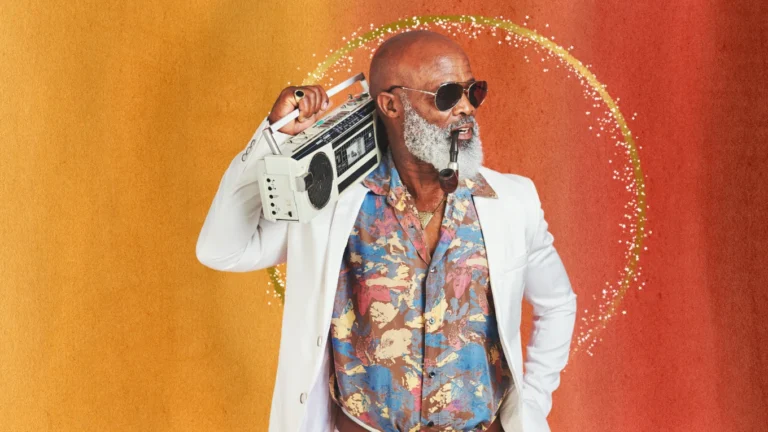As a therapist who specializes in working with men, I’m often asked—usually by female journalists on female-focused platforms—about “men’s midlife crisis.” The interest is real, but the phenomenon is more nuanced than a stereotype of toupees, sports cars, and wandering eyes.
Is a “midlife crisis” even real?
There’s no formal psychiatric diagnosis called “midlife crisis.” What many people experience is a midlife transition—a period of reflection brought on by changing roles, health, career, and relationships. For some, this is energizing; for others, it’s unsettling. Large reviews suggest the idea of a universal, inevitable crisis is overstated, though mood changes and life reassessment are common. For a balanced overview, see this summary from Harvard Health Publishing.
Why partners (and the media) pay attention
When people say “midlife crisis,” they often mean fear of relationship rupture—especially infidelity—10–15 years into a partnership. It’s understandable: cultural narratives suggest men prefer youth, and shifting appearance or habits (a new haircut, different clothes, a faster car) can trigger anxiety. Labeling something a “crisis” can become a shorthand for that fear.
Rather than a gendered flaw, it’s more useful to see this as a relationship signal: both partners seeking reassurance about desirability, commitment, and shared direction.
What actually changes for many men in midlife
- Body & hormones: Energy, recovery, libido, and sleep can shift with age and lifestyle. Concerns about testosterone are common (and manageable) when approached with medical guidance.
- Identity & career: “Is the job I chose at 22 still right for who I am at 42?”
- Mortality & meaning: Illnesses in family or peers make time feel finite, surfacing questions about purpose.
- Relationship patterns: If emotional intimacy has drifted, the distance becomes more noticeable now.
Turning a “crisis” into a course-correction
Midlife can be a productive reset—personally and as a couple. Practical steps that help:
- Rebuild emotional intimacy. Schedule honest, low-defensiveness conversations about fears, hopes, and what closeness looks like now. If you want a structured plan, see our guide on how to save your marriage—it focuses on daily behaviors that restore trust and connection.
- Look after mental health. If mood, motivation, or anxiety are slipping, evidence-based talking therapies help. Many men respond well to structured approaches—learn more in Can CBT help “biological” depression?
- Check physical drivers. Fatigue or low libido aren’t always “psychological.” A medical review (sleep, thyroid, metabolic health, alcohol, meds, exercise) is smart; when relevant, discuss options noted in testosterone replacement for low libido with a clinician.
- Invest in shared experiences. New, enjoyable routines—a weekly date, a class, a trip—often reignite warmth faster than debates about it.
- Agree on boundaries with tech and porn. These can amplify dissatisfaction via constant comparison. Clear agreements reduce friction and increase safety.
When your partner says, “You’re having a midlife crisis”
Hear the longing beneath the label. Try this script: “I get that you’re worried. I want you, I’m committed to us, and I’m open to talking about what would help you feel more secure.” Then follow up with consistent action—small daily signals of care beat grand gestures.
The takeaway
Midlife isn’t a character flaw and it isn’t exclusively “a woman thing.” It’s a normal human checkpoint. With honest communication, attention to health, and renewed shared purpose, the midlife years can deepen connection rather than derail it.

